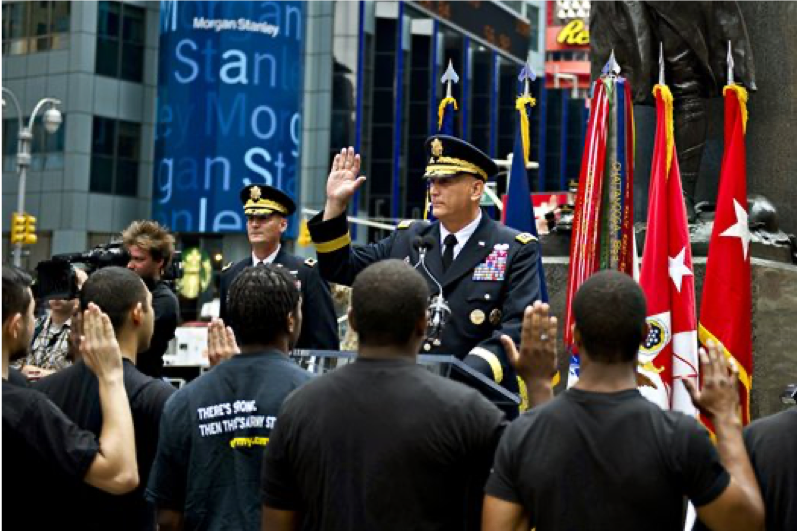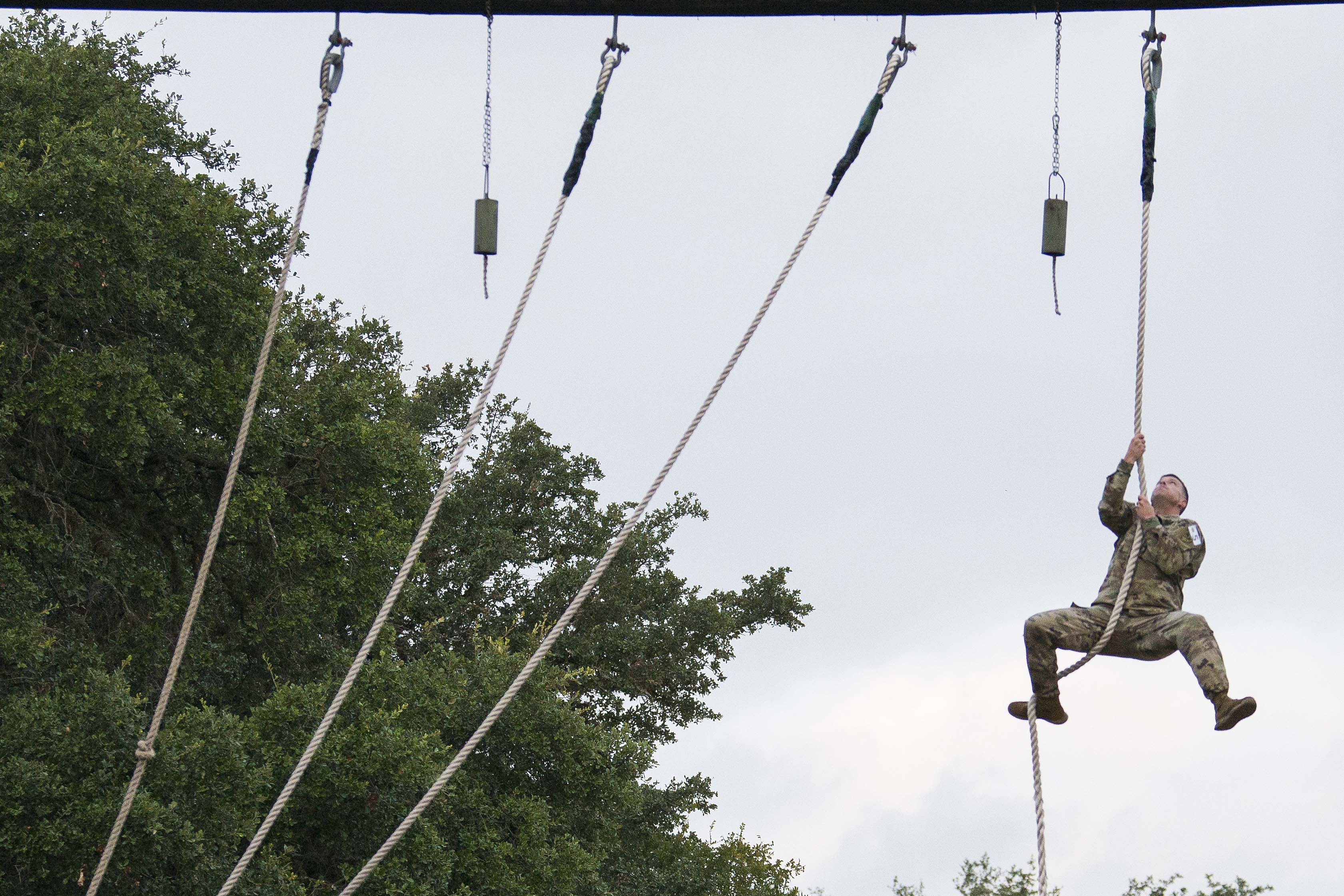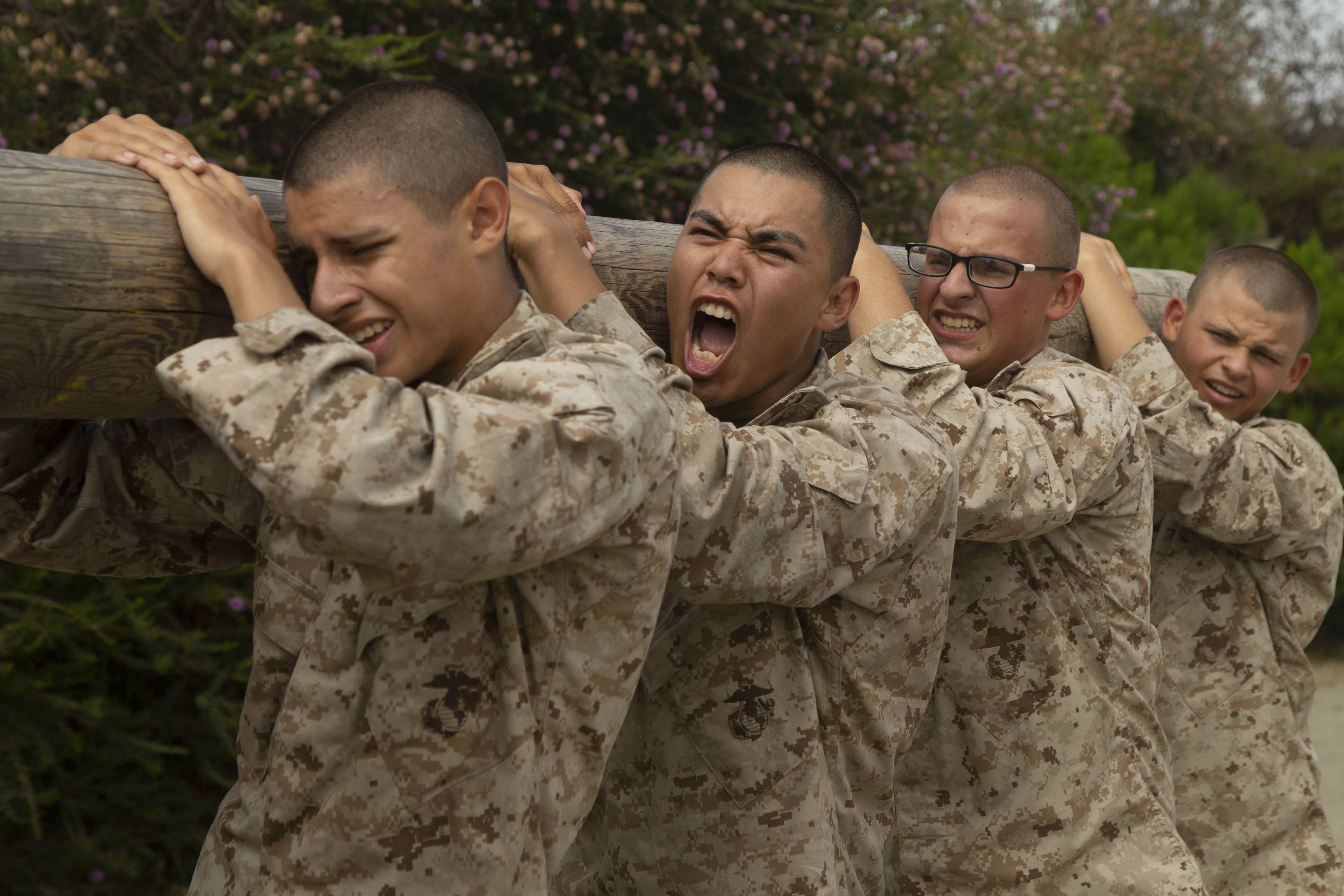
This is the fourth post in a series of articles describing how a group of veterans in Colorado Springs are attempting to make a difference for other veterans in their community. You can read the FIRST POST HERE, the SECOND POST HERE, and the THIRD POST HERE.
Ma Deuce. Ol’ Faithful. The .50 Cal. Really cool things usually get more than one name, and that’s certainly the case for the Browning .50 Caliber Machine Gun. For those of you who don’t know, it’s hard to describe the feeling that one gets from firing this weapon, and for those of you who do know, there’s no need to describe it.
The .50 Cal is a heavy machine gun that has been used in nearly every branch of the military on many different platforms: mounted to vehicles, ships, boats, aircraft, and helicopters. I remember seeing some SF guys mount one to the back of an ATV (just for show…but maybe not?) and I’m sure someone tried to put in on a motorcycle, but the utility of that kind of escapes me. This weapon is durable, dependable, and strong.
There’s a special kind of confidence knowing that the weapon you are mounting on your vehicle has been around twice as long as you have. Many of these weapons were manufactured in the ‘50s and ‘60s. You can drop ‘em, smack ‘em, submerse them in dust and grit, and still they will fire.
Unless you don’t get the headspace and timing down right.
With this weapon, the operator must ensure that the headspace, the distance between the face of the bolt and the chamber, is properly set, and that the timing ensures that the round fires at the appropriate time. The weapon itself is huge…the overall length is over 5 feet. The headspace and timing gauge…about the size of my thumb.
I consider veterans to be resilient, capable, strong. You can drop ‘em, you can smack ‘em, submerse them in dust, grit, fire, water, the sun and the snow, and still they’ll come back at you.
Unless they don’t have their own headspace and timing down right.
If one of the greatest weapons in the military’s arsenal needs adjustment every now and then to operate properly, then why would we consider the operator of that weapon to be any different?
Several months ago, as it appeared that the posts I was writing on LinkedIn seemed to resonate to the veterans in my network, several mentors suggested that I establish my own website in order to archive and curate my posts, and so www.veteranmentalhealth.com was born. My own base of operations on the internet, if you will, and one from which I distribute content to my various outposts…Twitter and LinkedIn, for now. When I was considering what to name my blog, I kept coming back to the idea of headspace and timing.
You see, our physical brain is only an average of about 3 pounds…a small fraction of the overall weight of our body. Such a small size, but everything we think, know, and do comes from this relatively insignificant mass of muscle. All of our hopes. All of our fears. Everything from consciousness to unconsciousness starts and ends here (and if there are any neurobiologists or psychoneurologists or philosphers or shamans out there who disagree with me, a) you’re probably right and b) I love a good discussion, so let’s talk). But just like the might .50 Cal can be rendered inoperable by the headspace and timing getting out of whack, veterans can also get out of whack if they don’t figure out how to process how their military service impacted them.
My goal with this blog is to simply raise the awareness about how veteran mental health can impact a veteran’s transition process. It is one of the foundations upon which a successful transition, and a successful life, is built. Getting your headspace and timing set correctly may not get you a job, or help you figure out what you want to do with the rest of your life, but NOT getting it set correctly will certainly KEEP those things from happening. Many of the veterans I work with some in with some concrete thoughts, twisted ideas about themselves and the world. Once those ideas are untwisted and put back in the proper place…things get easier.
LinkedIn has been great for veterans for networking, and the support from the LinkedIn Veterans team and the LinkedIn for Good team are outstanding. The resources here, the support from fellow veterans, and the inspiration from leaders in the business community are all effective tools for veterans in transition. That being said, the engagement that results from some of my posts has been baffling. One of my posts, The Stripes Tell a Story, received over 12,000 views, but very little in the way of engagement; however, a post about Memorial Day, which was a planned post rather than the off-the-cuff Stripes post, only generated 139 views. To still add to the confusion, my Open Letter post, is second in the amount of views, but has over five times as many comments and shares as the Stripes post. Whether it’s the notifications, the algorithm, or my writing, there seems to be little rhyme or reason to why there is such a wide range of interaction. Therefore, for those of my followers and connections who may be interested in hearing more, this website will provide them the opportunity to sign up for notification when a new post is added.
I will still continue to post original content on LinkedIn. I fire off a new post every Tuesday and Thursday, and will continue that schedule for as long as I can. If you are interested in veteran mental health, then feel free to check out our website. Contact me if you are interested in guest blogging, or know of a site where you think my thoughts would fit.
The safety of veterans is key, and together we can make a difference.


